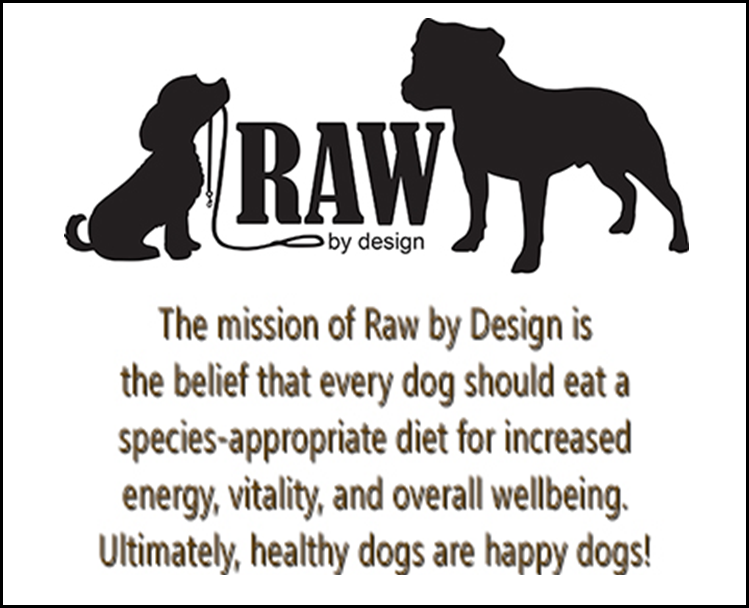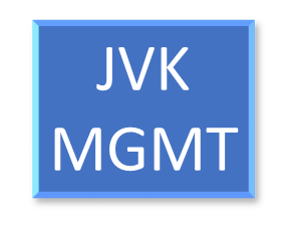Huntington Ham Radio Club Keeps Hobby Alive And Well
/By Jano Tantongco
jtantongco@longislandergroup.com
: Peter DeLuca, president of the Huntington-based Larkfield Amateur Radio Club, scans the airwaves with a portable 10-watt transceiver.
Sitting on a shelf in the basement of Peter DeLuca’s Huntington home is a cup adorned with a morse code legend. DeLuca doesn’t need the legend since he can translate the blips and bloops just by listening to them, but the cup instead acts pays homage to his passion for ham radio, a hobby he has been engaged in for the past 20 years.
Today, DeLuca is the president of the Huntington-based Larkfield Amateur Radio Club, a group of 65 local radio enthusiasts who tinker with sending radio waves both locally through short bands and over further distances by bouncing them off the earth’s ionosphere. The club was first formed in the 1950s, DeLuca said, who became president at the start of this year.
“It’s an interesting group of people bound together by the fun we have with radio,” said DeLuca, adding that members come from all walks of life.
While sitting in his basement last week, DeLuca turned on a training application on his iPhone to demonstrate his ability to translate morse code through hearing. The app emits morse code blips that translate to random words designed to train one’s ability to read the code. He turned the phone away and verbalized the words as they came in.
This is just one tool in the belt of a ham radio operator.
DeLuca also has three antennas on the property of his home. He’s got a single-band inverted-L antenna in the front of his home. On his roof, he has a 2-meter antenna which transmits and receives over short distances which he uses for local communication. In the backyard, there is a multi-band antenna that he can tune to 7 different bands. A band refers to the length of a radio wave, which is like a channel operators can tune in to.
All of these antennas are wired into DeLuca’s basement, which he uses as his radio shack.
In radio’s humble beginnings in the late 19th century, the airwaves were clogged with signals from governmental stations, ships and commercial operators. When amateur radio enthusiasts came onto the scene, they added more interference to the increasingly crowded spectrum, often garnering the disdain of professionals who called these amateurs “hams,” according to the website of the Amateur Radio Relay League.
: Amateur radio operators, also known as ham operators, sift through airwaves to connect with fellow operators far and near to hone their skills and establish connections with as many countries as they can.
Amateur radio operators apply for licensing through the FCC. They are assigned callsigns, which are akin to license plates for ham operators.
DeLuca, 65, works as a physician, specializing in pulmonary medicine. He started experimenting with radio after he purchased a Chevrolet 20 conversion travel van in 1990, which was equipped with a CB, or citizens’ band, radio. He became licensed three years later, and received his current callsign of “AA2VG” in 1995, one year after he joined the Larkfield Amateur Radio Club in 1994.
Still seated in the basement of his home, DeLuca turned on his equipment, switching his link to the 2-meter antenna to communicate locally. “Let’s see if there’s anybody out here,” he said.
“AA2VG, listening. Alpha-Alpha-2-Victor-Golf.”
Over the airwaves, crackled in a reply: “AA2VG. WB2PAA. Good evening, Peter.”
The voice on the other end was DeLuca’s friend and fellow club member, Peter Dicke. “Hey, Peter, how are you tonight?” DeLuca said.
Dicke, who lives just north of Huntington village, started his foray into ham radio over 50 years ago. He visited a local engineer who had built his own television in the early ’50s. The engineer also had a radio rig and communicated with a man down in Texas.
“Boy, what a thing this is,” Dicke said.
Deluca and Dicke were communicating via 2-meter waves, but their signals met at a repeater, a device that magnifies signals to give them a boost over long distances. In Huntington, the Larkfield Amateur Radio Club has installed a repeater on Oakwood Drive at an elevation of 400 feet.
Further scanning the airwaves, DeLuca made contact with Jim Heath, callsign W6LG, who lives south of a gold mining town called Grass Valley in the foothills of the Sierra Nevada mountains in California.
Heath, an active ham operator since 1963, said, “We share a common thread which is making the most of our equipment and seeing how far we can talk.
“We are an older group, but we enjoy building things and seeing what we can make work,” said Heath, who is also president of High Sierra Communications Products.
Heath added that radio operators use many abbreviations and substitutions in their communications.
“73 that goes back to railroad days when they were looking for ways to abbreviate things,” he said. “‘73’ is best wishes.”
DeLuca soon signed off, but not before a goodbye.
“I hope to see you again on the bands. Whiskey-6-Lima-Golf from Alpha-Alpha-2-Victor-Golf.
“73.”









